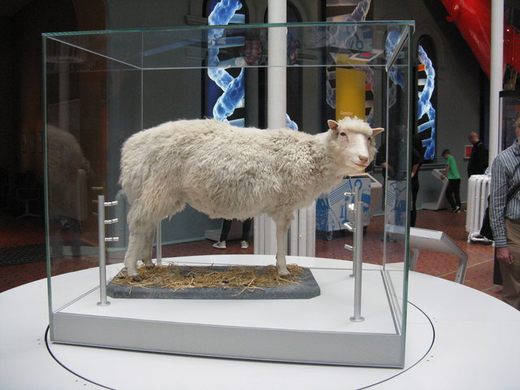The Icehotel in Sweden that features rooms and art installations is a unique and stunning hotel, first established in 1989 by Yngve Bergqvist. It features rooms and art installations made of ice and snow, drawing artists from around the world to contribute to its construction each year. The hotel offers both temporary ice rooms that melt in the spring and year-round ice rooms that are kept cool using solar-power cooling technology.
With 18 year-round ice rooms and 36 temporary ice rooms in the winter, the Icehotel also provides 44 warm rooms and 28 warm chalets for guests who prefer more traditional accommodations. The hotel’s unique appeal lies in its impermanence and one-of-a-kind ice rooms, offering a truly unforgettable experience for visitors.
If you are in one of the ice rooms, the temperature is generally between 19.4 to 23 degrees Fahrenheit. The Icehotel offers expedition-style sleeping bags for guests staying in the ice rooms. Visitors can check into their rooms at 6 p.m. and have 24-hour access to a heated facility, where they can store their belongings, shower, and use the bathroom. This ensures that guests have a comfortable and convenient stay, despite the unique nature of the ice accommodations.
The hotel also recommends staying for multiple nights, with the first or last being in one of the ice-rooms.
The Icehotel’s success has transformed the once-desolate winter months in Jukkasjärvi into a thriving tourist season. The ice blocks used in the construction are harvested from the nearby Torne River at the end of the winter. They are then stored all summer until the next winter when they are crafted into the seasonal portion of the hotel.
The Icehotel is located in Jukkasjärvi, just outside the town of Kiruna in Swedish Lapland. This is a beautiful region in northern Sweden, where you can expect to discover a land of forests, rivers, lakes, and mountains. In winter, the region is cloaked in a blanket of sparkling snow. The hotel is only a 15-minute drive away from the Kiruna airport, making it easily accessible for travelers.
Each year, the Icehotel receives applications from artists around the world to design the suites. When the temperature drops to levels required for snow gun operations, usually in mid-November, the building process begins. The Winter portion of the hotel is open from December to April, offering guests the opportunities to go dog sledding, see the northern lights, and even try ice sculpting themselves.
The Icehotel is a unique and unforgettable experience, combining the beauty of the natural surroundings with the creativity of artists and the comfort of a well-managed hotel. Whether you’re looking to explore the untouched wilderness of Swedish Lapland or to enjoy a stay in a one-of-a-kind ice suite, the Icehotel is the perfect destination for an unforgettable winter adventure.




